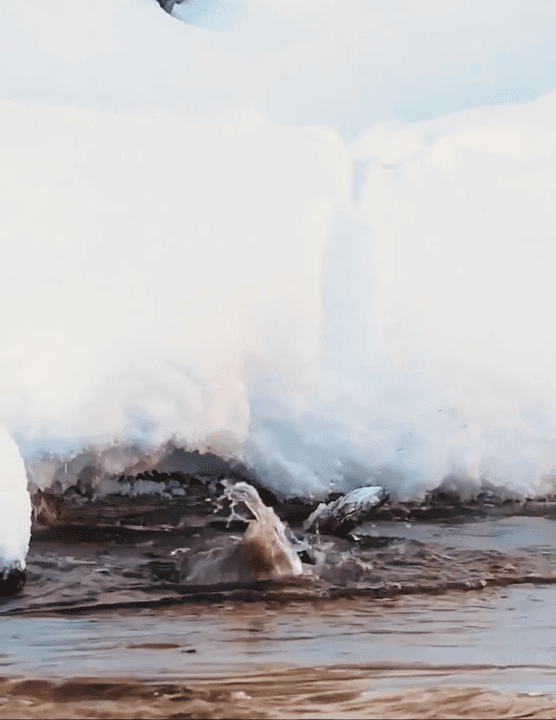
NORTHWESTERN ONTARIO Hunting Seasons: Opening and Closing, Licenses and Rules Nestled in Canada’s vast wilderness, Northwestern Ontario is a prime destination for hunters seeking diverse game and pristine landscapes. Understanding the region’s hunting seasons, regulations, and best practices is essential for a successful and ethical experience. General Regulations and Hunting Periods in Northwestern Ontario The hunting calendar spans from early spring to late fall, with specific dates varying by species and Wildlife Management Units (WMUs). Moose hunting typically occurs between September 15th and October 31st, while bear hunting runs from mid-April to mid-June. These periods are regulated by the Ontario Ministry of Natural Resources and Forestry (MNRF) to ensure sustainable wildlife populations and optimal hunting conditions. The region’s harsh climate and varied terrain—ranging from boreal forests to wetlands and lakes—significantly influence hunting schedules. Shorter growing
Post: 20 August 10:17
















































